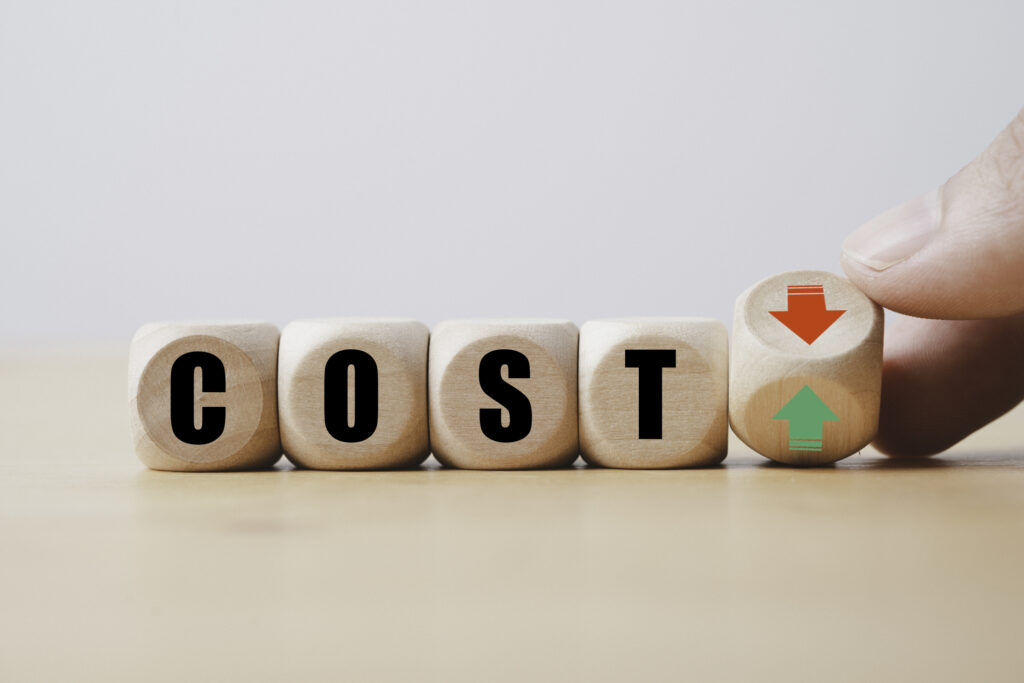
Grades 3-5

Don't have an account yet? Sign up for free
Don't have an account yet? Sign up for free
Nearpod version available
Students will be able to:

In this personal finance lesson, students will learn spending multiplier and the marginal propensity of consuming and saving.
Consumer spending is always in the news, and almost all students hear information regarding it no matter how removed they are from political discourse. However, public understanding of consumer spending and the multiplier effect is poorly understood. Students will use their knowledge of ratios to analyze the marginal propensities to consume and save. The essential part of the lesson is when students use this knowledge to calculate spending multipliers for the economy. They see how changes in consumer spending influence economic growth or contraction of the economy. This lesson is designed for an Introductory Algebra course, and serves as a way to apply student knowledge of ratios to the real world.

Grades 3-5

Marginal Revolution University
Grades 9-12

Grades 9-12

Grades 3-5, 6-8
